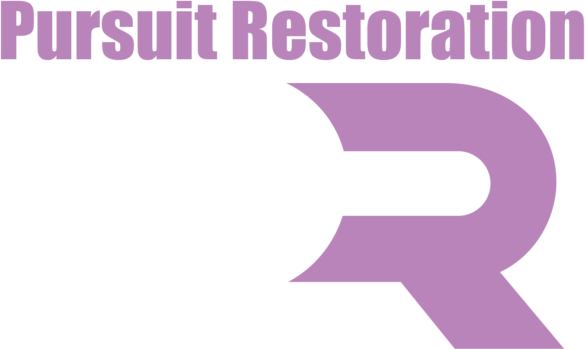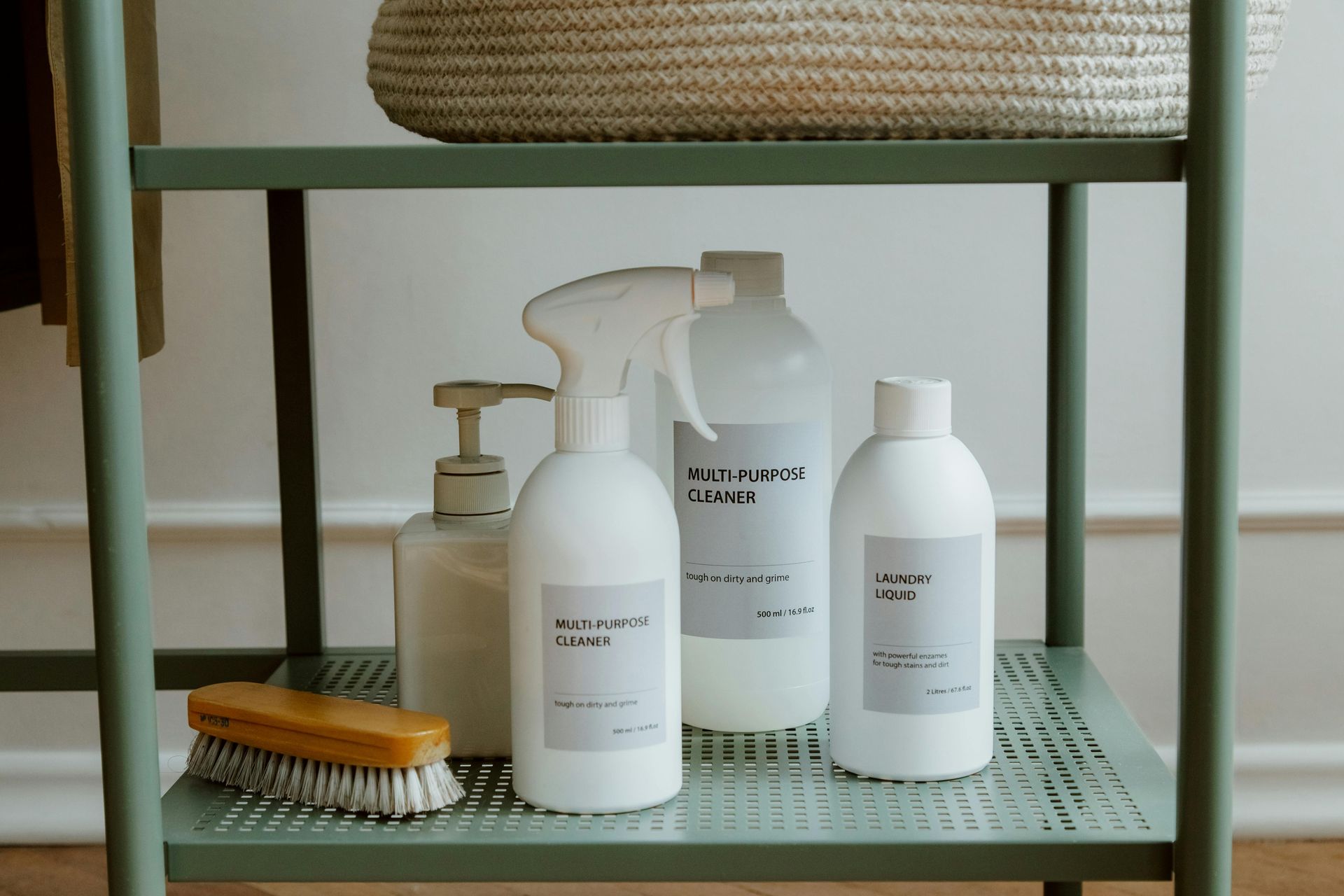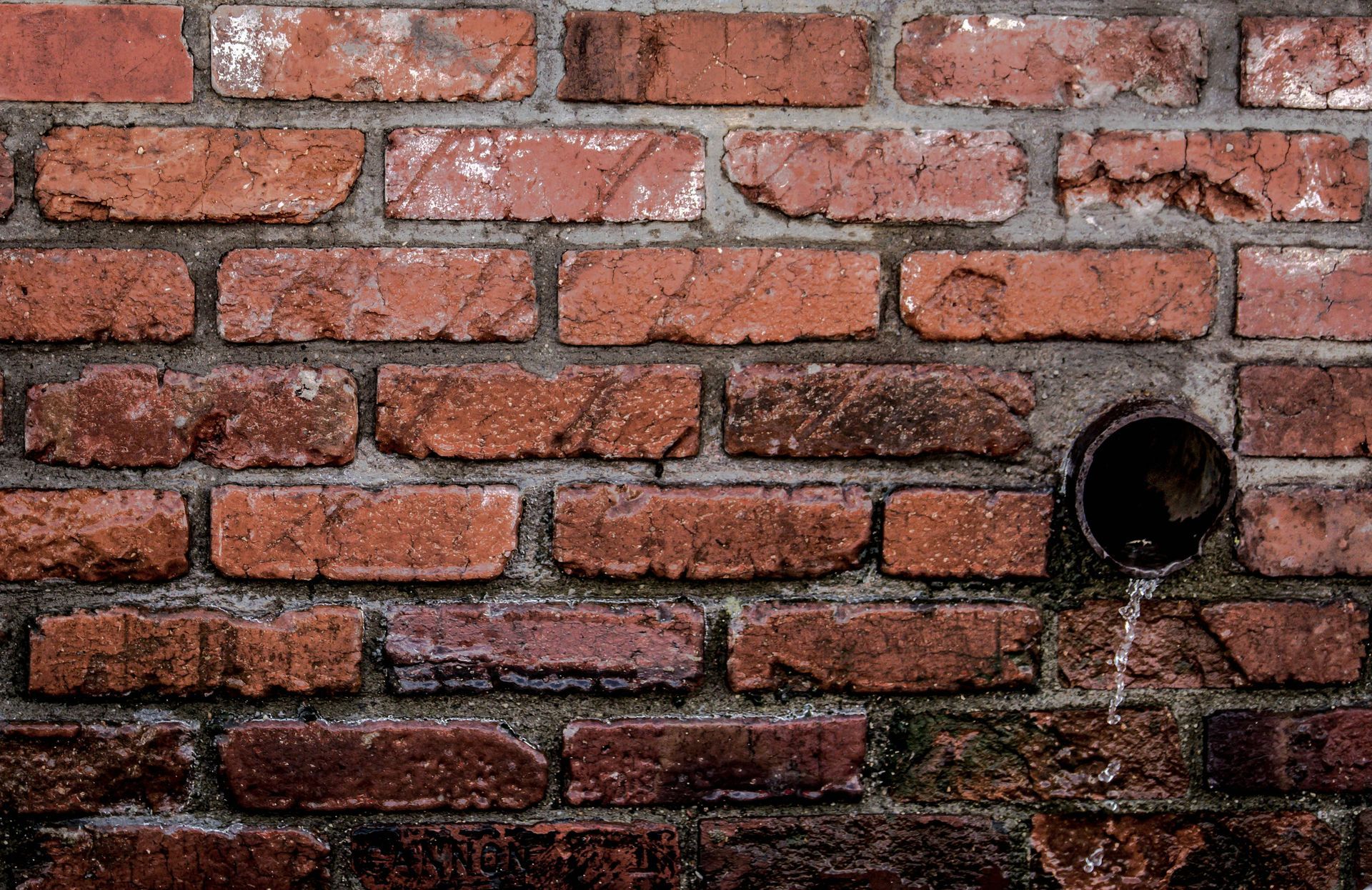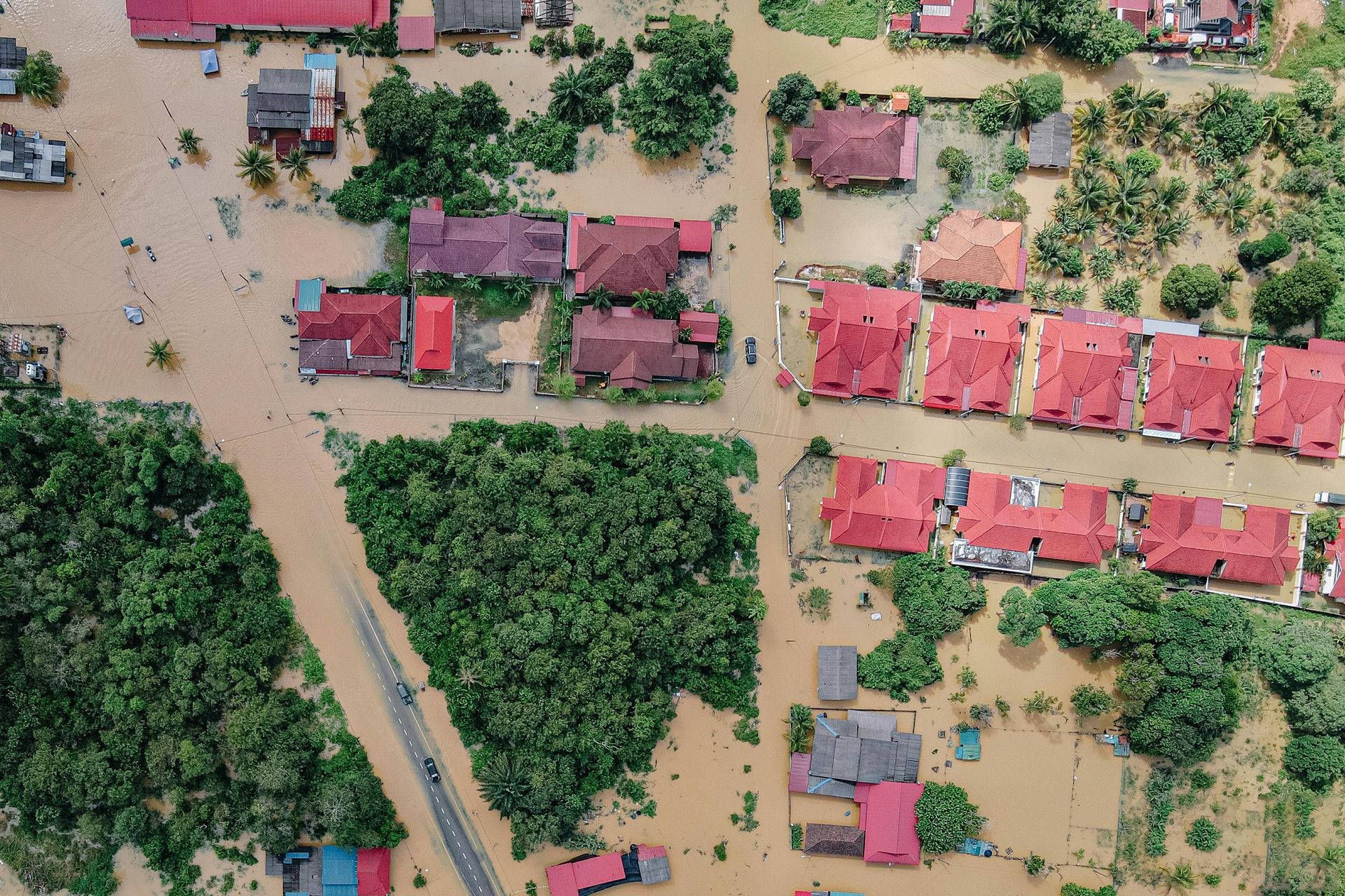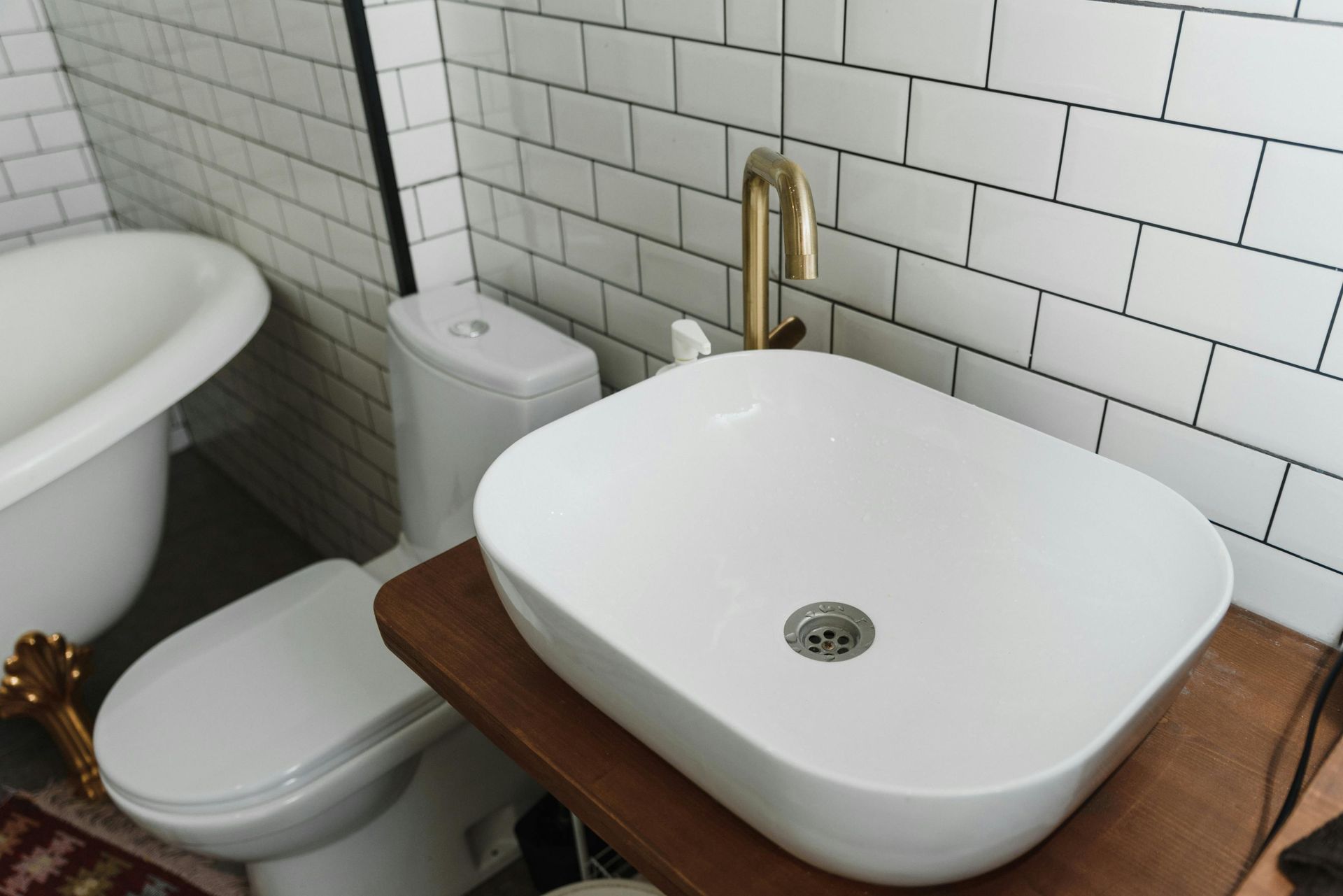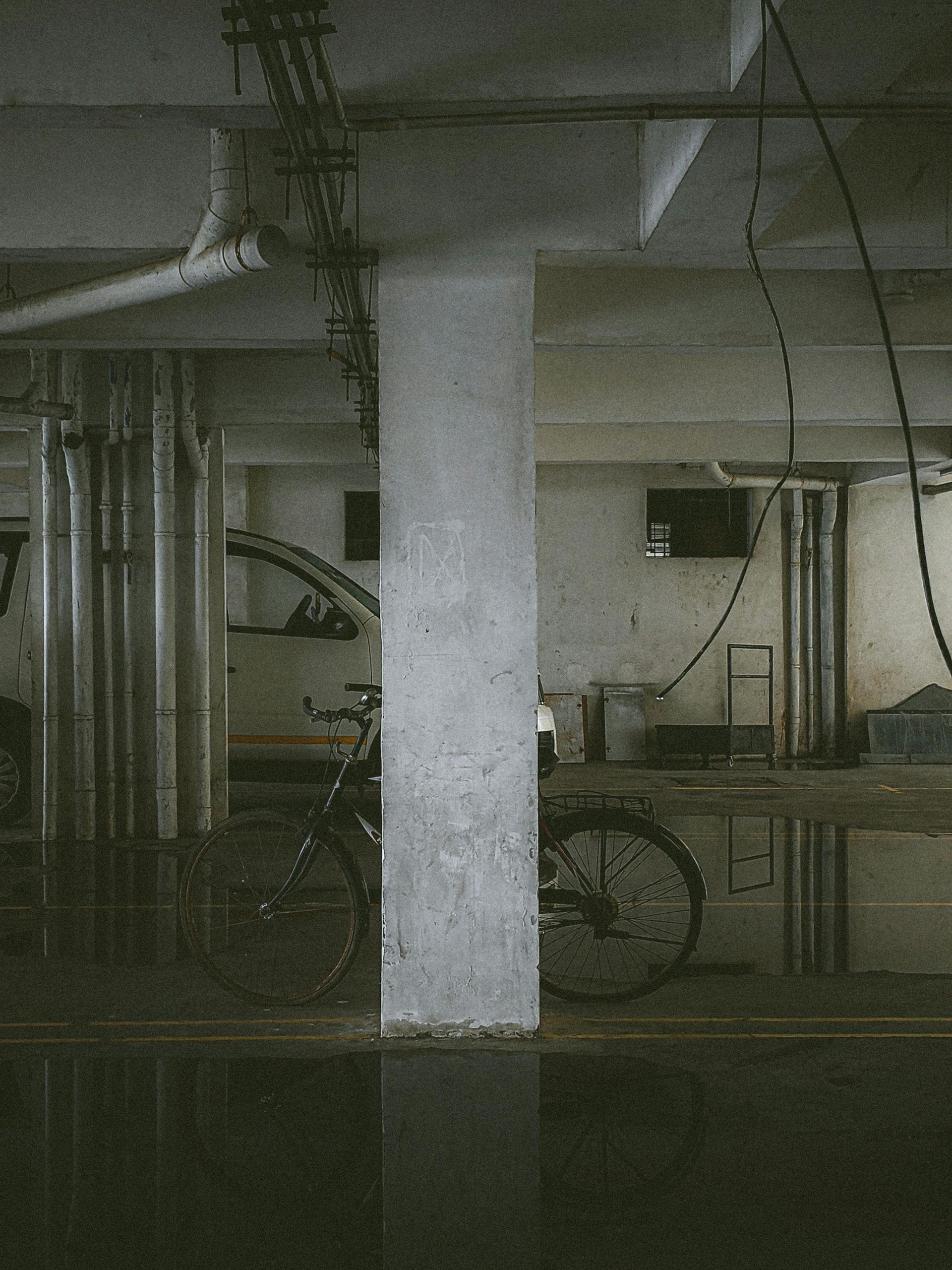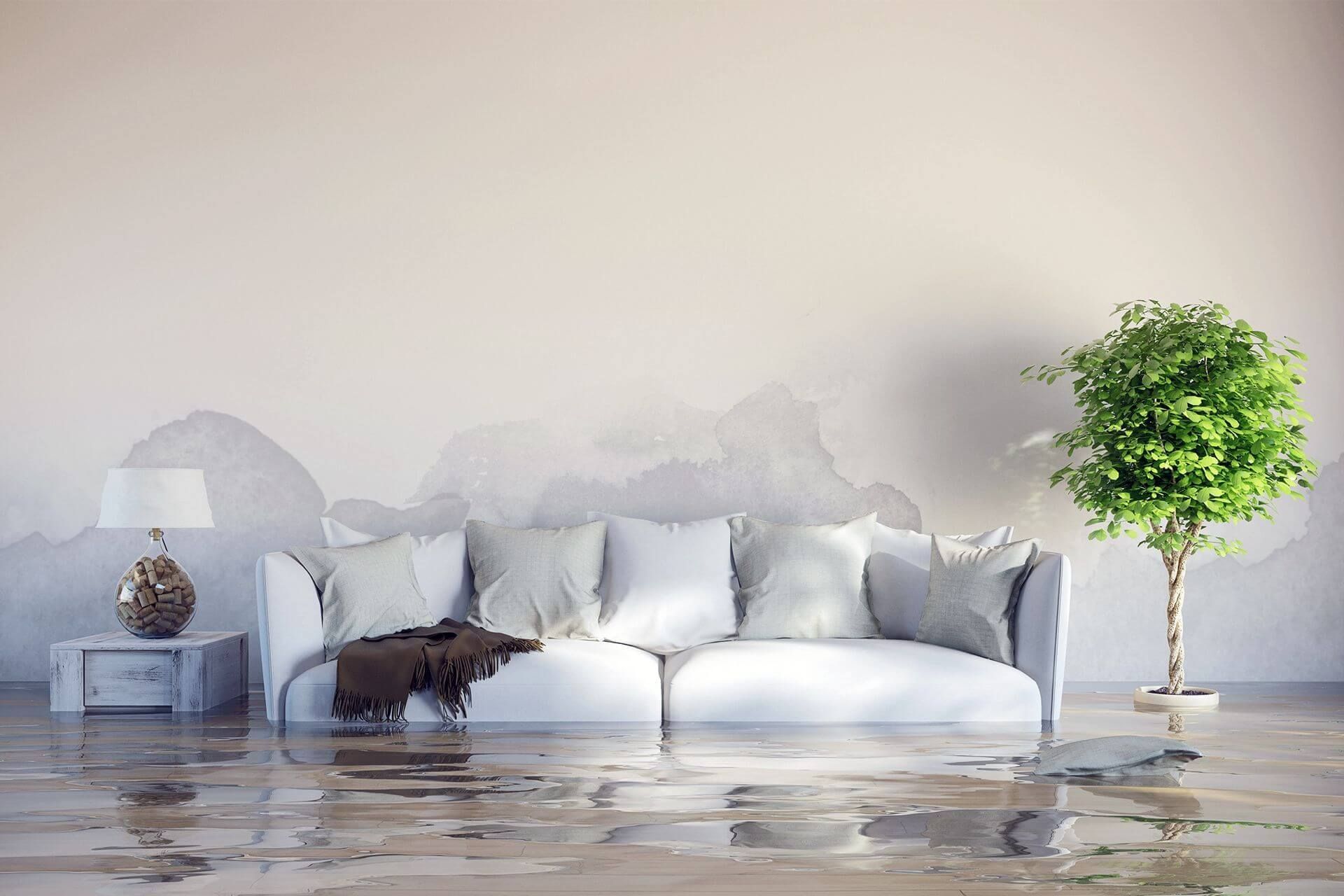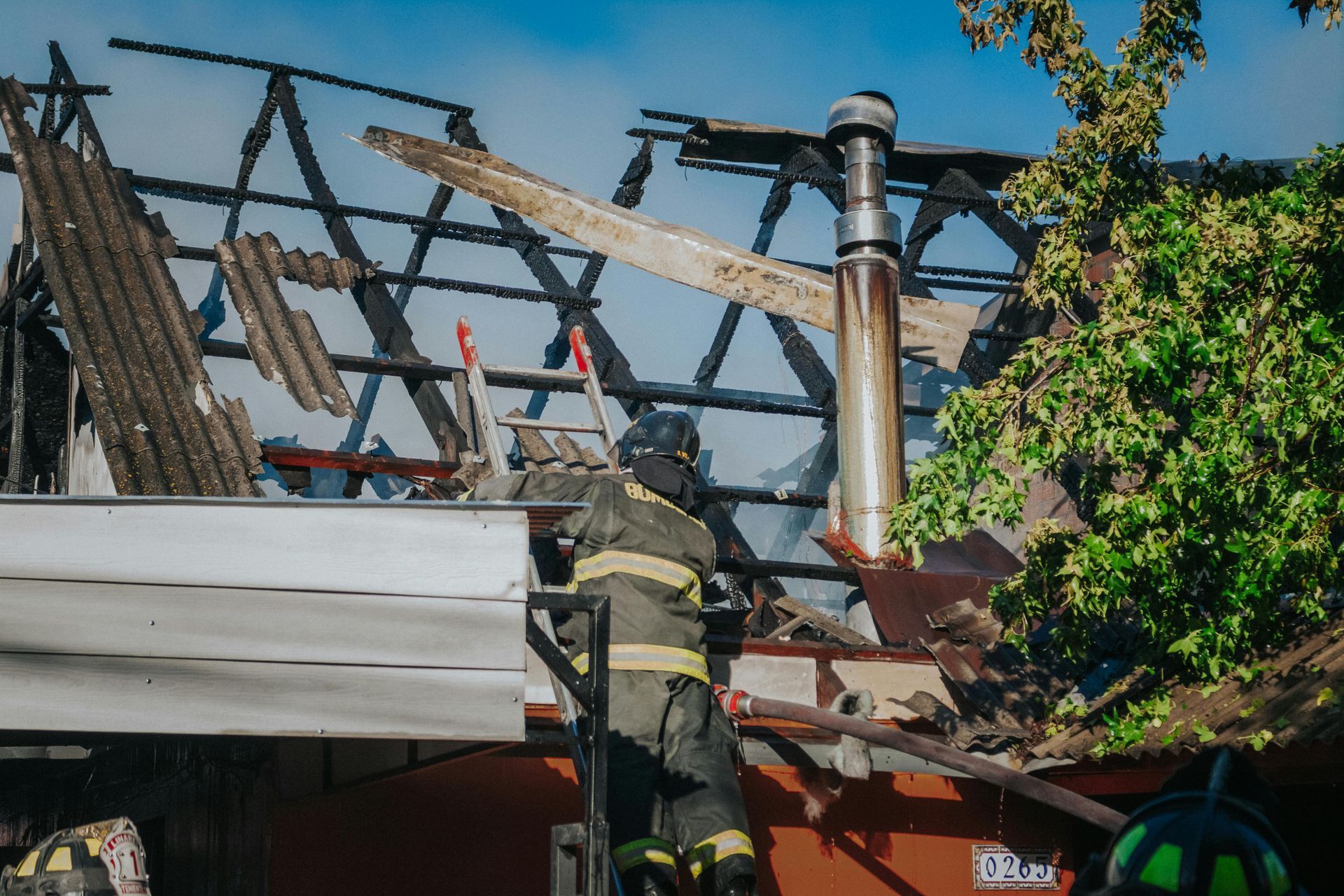Water Coming Up From Floor: Causes, Risks, and Solutions
When you see water coming up from your floor, it is more than just a small inconvenience. It’s often a warning sign of serious problems like structural damage, mold growth, and expensive repairs if ignored. For homes in Boise, where changing groundwater levels and older plumbing systems are common, floor water issues can quickly spread and compromise your entire property.
This guide will help you understand why water rises through floors, the risks it brings, and the reliable solutions that protect your home. By recognizing the signs early and taking the right steps, you can prevent lasting damage and keep your home safe and dry.
Key Takeaways
- Water coming up through floors is often caused by things like high groundwater pressure, plumbing leaks, bad waterproofing, poor drainage, or condensation.
- This water can lead to mold, damage to your home’s structure and floors, bad smells, and health problems like allergies.
- Look for signs like damp spots, warped floors, stains, musty smells, or cracks to find where water is coming in.
- Fixing the problem might mean sealing cracks, repairing pipes, improving drainage, adding waterproofing, or using dehumidifiers.
- If the water keeps coming back or causes serious damage, it’s a good idea to get a professional to check it out and help fix it for good.
Recognizing the Causes of Rising Water Through Floors
Water coming up through floors can happen for several reasons. Understanding the root causes helps you address the problem effectively and prevent future damage.
Here are common causes to watch for:
- Hydrostatic pressure from high groundwater levels pushes water through cracks and seams in floors or walls, creating rising water issues that affect homes built on a slab foundation.
- Plumbing leaks or pipe failures under the floor release water seeping through upward. A slab leak is particularly problematic because it occurs beneath the concrete slab, making detection and repair more challenging.
- Poor or damaged waterproofing, including cracked grout or broken seals, allows water to penetrate.
- Blocked or ineffective drainage systems around the property fail to divert water away from the foundation.
- Condensation from high humidity and poor ventilation creates moisture buildup on floors.
Each of these issues can weaken your property over time. Hydrostatic pressure is especially common in areas with seasonal groundwater changes, like Boise. Leaks and poor waterproofing directly increase moisture inside, while drainage problems allow outside water to pool near your home. Condensation often worsens in poorly ventilated spaces, leading to damp floors without visible leaks. Recognizing these causes early is key to protecting your home.
Problems and Risks Associated With Water Seepage Through Floors
Water rising through floors can cause more than just wet spots. It creates serious risks that affect your home and health.
Here are common problems linked to floor water seepage:
- Mold growth. Constant moisture creates a perfect environment for mold to thrive. Mold not only damages building materials but also releases spores that can cause respiratory problems, allergies, and other health issues.
- Structural damage. Water weakens important building components like wood, drywall, and concrete. Over time, this can lead to warping, cracking, and even foundation instability, resulting in expensive repairs. These foundation problems can significantly increase the cost of restoration if not addressed promptly.
- Foul odors. Damp areas tend to develop musty, unpleasant smells. These odors come from mildew and mold, and they can make living spaces uncomfortable while signaling ongoing moisture problems.
- Flooring deterioration. Water exposure damages carpets, tiles, hardwood, and laminate floors. This leads to warping, staining, and decay, significantly reducing the lifespan and look of your floors.
- Health hazards. Beyond mold spores, moisture encourages dust mites and bacteria that contribute to poor indoor air quality. Continuous exposure may worsen asthma, allergies, and other respiratory conditions for occupants.
Ignoring water seepage allows these problems to worsen over time. Early action protects your investment and family well-being.
Diagnosing Water Leak and Assessing Damage
Finding where water is entering your floors is vital to fixing the problem correctly. Early diagnosis helps prevent further damage and directs you to the right solution.
Look for these signs of water intrusion in your home:
- Damp spots or discoloration on floors, walls, or baseboards near the floor level
- Staining or water marks on walls or ceilings below the floor above
- Warped, buckled, or soft flooring materials that feel uneven or spongy underfoot
- Musty or moldy odors that linger in certain rooms, indicating hidden moisture
- Visible cracks, gaps, or holes in floors, foundation walls, or around pipes
While these clues can help spot water issues, a professional inspection is often necessary. Experts use specialized tools like moisture meters, infrared cameras, and smoke testing to detect hidden leaks and pinpoint exact entry points. They also assess how far water damage has spread, including structural concerns that may not be visible.
Bringing in professionals ensures a thorough evaluation, so repairs address all issues and prevent water from returning.
Practical Solutions to Stop Water From Coming Up Through Floors
Fixing water seeping through floors requires targeting the cause and using effective methods to keep your home dry and protected.
Here are practical solutions that address common causes:
- Repair cracks and damaged grout with high-quality sealants. Sealing gaps blocks water entry and prevents moisture from spreading beneath the flooring.
- Fix or replace leaking pipes right away. Addressing plumbing issues, including slab leak repairs, removes a direct source of water buildup under floors, protecting structural elements.
- Improve drainage systems around your property. Installing French drains or sump pumps redirects groundwater away from your foundation, reducing hydrostatic pressure and preventing rising water from affecting your home.
- Enhance waterproofing methods. Applying waterproof membranes or coatings on floors and foundation walls creates a strong barrier against moisture intrusion.
- Use dehumidifiers and improve ventilation inside your home. Reducing indoor humidity prevents condensation buildup, which can cause damp floors and mold growth.
For the best results, consult professionals for inspections and repairs. They ensure solutions are tailored to your specific situation and installed correctly for long-lasting protection.
Preventative Measures for New Construction and Home Maintenance
Taking steps early can keep water from causing floor problems and save money in the long run. Whether building new or maintaining your home, proactive measures are essential.
Here are key preventative actions for water protection:
- Waterproof your foundation during construction using professional-grade membranes and sealants. This creates a strong barrier before water can cause issues, especially important for concrete slab construction.
- Choose quality materials that resist water damage, such as moisture-resistant drywall and treated wood for vulnerable areas.
- Ensure proper site grading so rainwater flows away from the house, preventing pooling near foundations that increases water pressure.
- Conduct routine plumbing inspections to catch leaks before they seep into floors and cause damage.
- Maintain gutters, downspouts, and drainage systems to keep water flowing away from your property and reduce the risk of basement or floor water intrusion.
Incorporating these measures helps protect your home from water problems before they start, reducing the need for costly repairs later.
When to Seek Professional Help for Water Rising Issues
Water rising through floors is sometimes a sign of complex problems that require specialist skills and equipment to fix properly. Knowing when to call a professional can save your home from serious issues and costly repairs.
Seek
professional water removal service if you notice:
- Persistent or extensive water seepage that DIY fixes can’t resolve
- Signs of structural damage, like large cracks, sagging floors, or wall bulges
- Recurring water problems despite previous repairs
- Mold growth that spreads quickly or covers large areas
- Difficulty locating the source of the water intrusion
- Suspected foundation problems affecting your slab foundation or concrete slab
Professional evaluation includes thorough leak detection, damage assessment, and expert restoration that addresses both visible damage and hidden risks. Their solutions provide long-term protection and peace of mind while helping you understand the cost of comprehensive repair versus ongoing damage.
Protect Your Home by Addressing Floor Water Issues Promptly
Water rising through floors signals a serious issue that needs immediate attention to prevent costly damage to your home’s structure and indoor environment. Early detection and quick action can stop problems like mold growth, structural weakening, and flooring deterioration before they worsen.
Understanding the causes and signs of water intrusion, combined with practical solutions, helps protect your investment and health. When water seepage is persistent or extensive, professional assessment and repair ensure a thorough fix and long-term peace of mind for property owners in Boise.
Don’t Wait to Protect Your Home From Water Damage
If water is coming up through your floors, acting quickly can save you from costly repairs and health risks. Pursuit Restoration offers expert water damage diagnosis and lasting solutions tailored to your Boise home.
Schedule a service online or call
(208) 515-6503 today to learn how we can help keep your home dry and safe.
